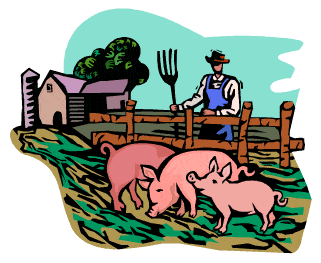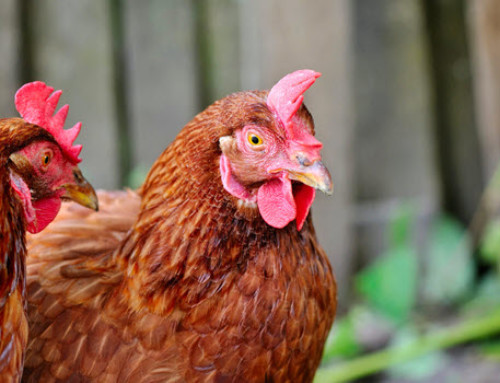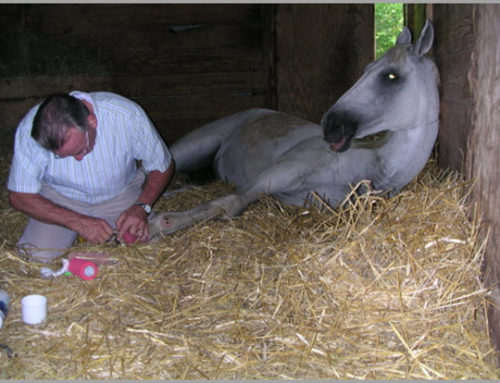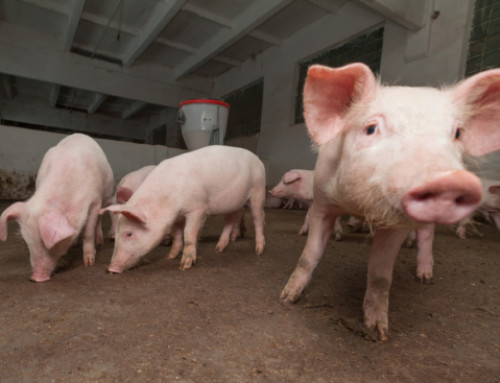Time For The Animals Even as a cloud of savagery, evidenced by the misfortunes of war, hangs over our world, humanity has lately begun to demonstrate an astonishing degreee of civility in at least one very important respect, that being the manner in which we treat our animals – specifically, the animals we raise for food.
In just the last few months, unprecedented strides have been taken in this country to improve the welfare of pigs, cattle, chickens, and ducks who’ve been forced for many years to endure miserable and agonizing lives Time For The Animals.
Granted, the bulk of these efforts still lies ahead of us, but first steps have, unequivocally, been taken – steps which only a short time ago wouldn’t have been thought to be so quickly achieved.
A Time for the Animals
I guess it all began in August of last year when the foie gras ban was enacted in Chicago Time For The Animals. Who’d have thought, huh? While California’s 2004 ban on production wouldn’t actually go into effect until 2012, the Chicago law was designed to take effect almost immediately.
Of course, it was ballyhooed, scoffed at, derided. Even the city’s mayor called it the “silliest” law the city council had ever passed, but detractors notwithstanding, the statute was on the books. And in March of this year, we were shown that even a silly law could be enforced when the first citation was handed down, a guilty plea entered, and the fine paid. Like I said, who’d have thought?
Then came Arizona’s Proposition 204, designed to do away with caged imprisonment of pigs and veal calves and approved overwhelmingly by the state’s voters. Though Florida had passed a similar law in 2002, it was the Arizona bill which grabbed our nation’s attention, prompting forecasts of even more initiatives forthcoming in a number of other states – possibly as soon as 2008 Time For The Animals.
The biggest and most recent gains, however, have come from the corporate community. Following in the footsteps of grocery retailers like Whole Foods, Wild Oats, and Trader Joe’s, as well as Internet icons AOL and Google, ice cream manufacturer Ben and Jerry’s announced in September of 2006 its intention to adopt a cage free policy for its entire product line.
Then, in January of 2007, Burgerville, with a chain of popular restaurants in the Northwest, also officially turned its back on battery cage eggs. In late January, Smithfield, the nation’s largest producer of pork, began phasing out gestation crates in favor of a group pen environment, and this was immediately followed by a similar move from Maple Leaf Foods, Canada’s largest pork producer.
It suddenly became obvious that an awareness was beginning to take shape in our minds and in our hearts, and even more importantly, this awareness was translating itself into solid action Time For The Animals.
In February, Guckenheimer, one of the largest privately-owned food service companies in the U.S., made the move to cage-free, and later that same month, Strauss Veal and Macho Farms, two of the nation’s largest veal producers, declared their intention to begin phasing out crated systems in favor of a more humane alternative.
The stage was being set for even more landmark developments, as March kicked off with Colorado-based Artisan Cookie Company and Vermont-based Bruegger’s Enterprises both adopting cage-free policies. But the real highlight of the month occurred when Wolfgang Puck unveiled a program based on animal welfare concerns and promised to apply Time For The Animals this to every phase of his vaunted empire of restaurants, franchises, and consumer products.
Only days later, Burger King announced it would begin phasing out its use of pork and egg suppliers who continued to employ cruel practices. Farm animal welfare had, without a doubt, moved into the big time Time For The Animals.
With April and May already demonstrating a comparable level of activity, it would seem that the tide is at last beginning to turn, and who knows what surprises the remainder of 2007 will bring. While statewide legislative efforts continue to gear up around the country, let’s hope the corporate entities most responsible for depriving farm animals of their right to a decent existence continue to embrace more humane methods of breeding and raising their livestock.
Having said this, however, let’s also not forget that for decades, agribusiness treated its most valued commodity, its animals, with contempt and disdain, while trying to keep this behavior hidden from the public at large, and that the long overdue decision to become compassionate caretakers is more likely a result of economic than of humanitarian motivations.
It’s imperative, therefore, that we, the buying and voting citizenry, continue to exert sufficient pressure on our lawmakers and on those companies from which we purchase our meat, to move themselves away from the gulag-style factories which currently infect our food production industry and towards more animal-friendly environments.
For the time being, however, I Time For The Animals find that, in spite of the disharmonious and tragic events we see occuring around us, I feel a little better than I did just a few short months ago, because in at least some corners of the globe we’re actually managing to reduce rather than increase the amount of overall suffering.
Time For The Animals And in so doing, we may actually be starting to understand how easily the consequences of our actions or lack thereof can cause considerable suffering to others and how this suffering can be felt just as strongly by non-human animals as it is by human Time For The Animals.
About the Author
Larry Parker is author of the following blog: A Heartfelt Examination of the Plight of Today’s Farm Animals








Leave A Comment